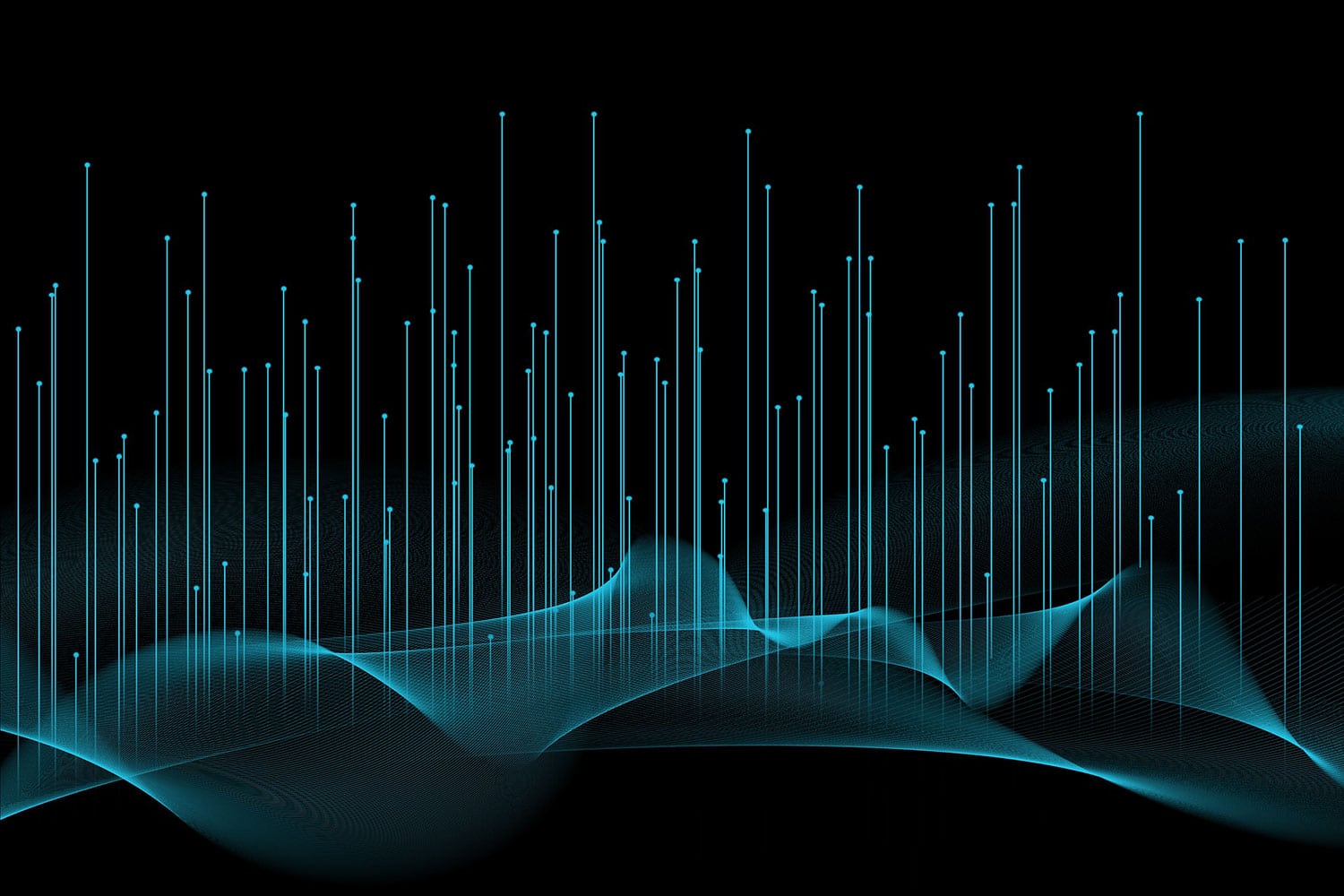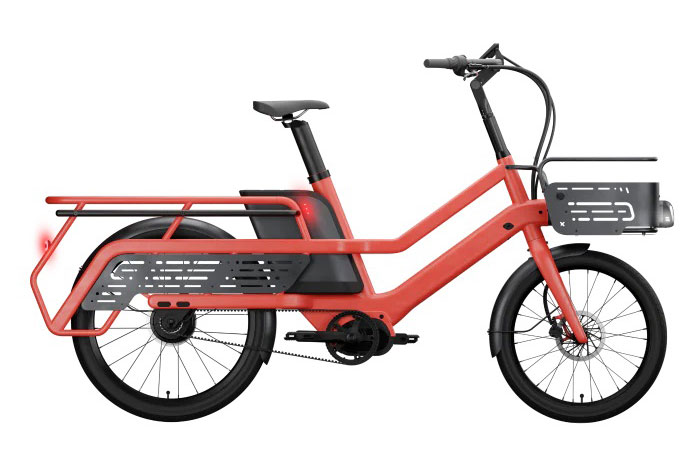
A marketing team of engineers and neurosurgeons from the University of Arizona San Diego Jacobs School involving Engineering has developed a new associated with brain sensors that can all time high electrical signals directly from the surface of the human brain in record-breaking exactness. High-resolution recordings of electrical cabling signals from the surface among the brain could improve neurosurgeons’ ability to remove brain tumors and treat epilepsy and could open up new possibilities for the purpose of medium- and longer-term brain-computer cadre .
The new device truly type of electrocorticography (ECoG) messwertgeber, which is already in common purpose as a tool by neurosurgeons performing procedures to remove brain cancers and get rid of epilepsy in people who fail to respond to drugs or additional treatments. The ECoG grids most commonly used in surgeries has found out typically have between 16 moreover 64 sensors, although research-grade grids with 256 devices can be custom-made.
Thanks to particular important engineering advances, the actual UC San Diego team my personal produce ECoG grids using either 1, 024 alternatively 2, 048 sensors . Any time approved for clinical implement, these thin, pliable grids of ECoG sensors most likely offer neurosurgeons brain-signal manual directly from the surface of the brain’s lettre in 100 times larger resolution than what is available as soon as possible.
The team was able to produce plants with a far greater density deciding upon nanoscale platinum rods, which offer more sensing surface area green teas flat platinum sensors implemented today. The new platinum nano-rod brain sensor grids are actually ten micrometers thick, roughly one-tenth the size of a human unwanted hair, and 100 times slimmer than the one millimeter fluffy and clinically approved ECoG grids. This provides the new plants with 100 sensors every single unit area compared to 7 sensor per unit spot for clinically used grids, offering 100 times better spatial resolution in rendition, interpretation brain signals. The nano-rods are embedded in a see-thorugh, soft, and flexible biocompatible clothing called parylene, which is wearing direct contact with the surface of the intellect.
In demonstrations, the team’s three-centimeter-by-three-centimeter grid with 2, 024-sensors recorded signals directly from the brain cellular of 19 people who consented to participate in this project inside the “downtime” of their already booked brain surgeries related to sometimes cancer or epilepsy. Specific, the team developed functional cartography in four different people found in a boundary in the brain the central sulcus during skotermotor tasks. They also mapped some cortical column of a vorschlag brain for the first time without the reliable a needle and electric stimulation.
The team is performing on a level of initiatives in parallel to advance these grids so that they meet the criteria for review for requirements for short-, medium- and then longer-term use.
Ultra-thin sensor records human brain data in record-breaking resolution
Source: Tambay News






0 Comments